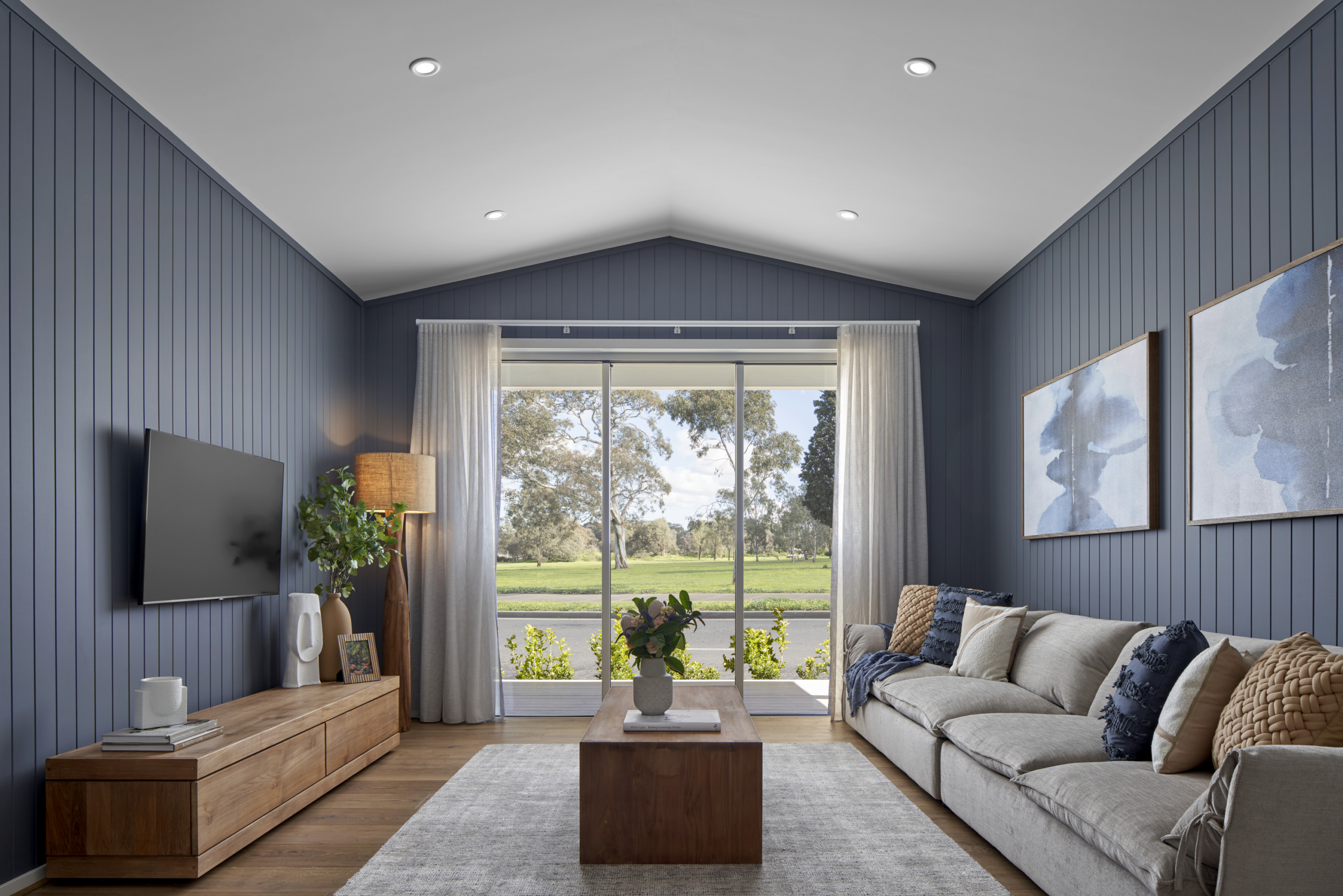Goodbye to the days where coloured feature walls and mosaic tiles were the only way to liven up your new home. In recent years, we’ve seen the rise of interior cladding, offering a unique, versatile and timeless way to add interest to any space.
‘Feature timber cladding placed on select walls or ceilings in your home creates texture and dimension, adding personality to your abode,’ says Boutique Homes Interior Designer, Nikki Weedon.

‘It’s a simple way to display considered thought in your interior design. You can use cladding to create specific ‘zones’ within larger spaces or to create a feeling of high-end luxury or coastal elegance.’ It can also provide elegance to any room while making it easy to repurpose down the track. ‘Many of my customers will use cladding as a feature in a nursery – painting it pink, peach or baby blue – and then change the colour to better fit a study or Ezone down the track,’ elaborates Nikki.



Types of interior cladding
Most interior cladding is comprised of VJ (vertical joint) panels – strips of manufactured wood that slot together to create a beautiful aesthetic and easy installation. The panels are often painted to create striking feature walls that blend seamlessly into any interior design. If you upgrade to a VJ timber panel, you can also choose to stain the cladding for a more natural look.
‘At Boutique Homes, we offer Easycraft cladding, which are narrower profiles that work well in smaller spaces,’ explains Nikki.
‘The size of the panels will impact how they look, as well as how you decide to lay them. Vertical panelling can make a room look taller, while positioning the panelling horizontally in a smaller room, such as a study, can make it seem wider and more contemporary.’